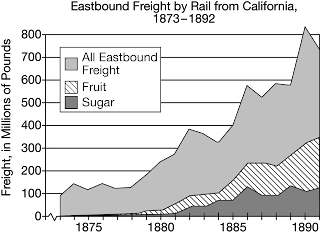6.10
Period 6: 1865-1898, Topic 10- Development of the Middle Class Student learning objective - Explain the causes of increased economic opportunity and its effect on society. “The purpose of this article is to present some of the best methods of performing this duty of administering surplus wealth for the good of the people. The first requisite for a really good use of wealth by the millionaire who has accepted the gospel [of wealth] . . . is to take care that the purpose for which he spends it shall not have a degrading, pauperizing tendency upon its recipients, and that his trust should be so administered as to stimulate the best and most aspiring poor of the community to further efforts for their own improvement. . . . “The result of my own study of the question ‘What is the best gift which can be given to a community?’ is that a free library occupies the first place, provided the community will accept and maintain it as a public institution, as much a part of the city property as its
